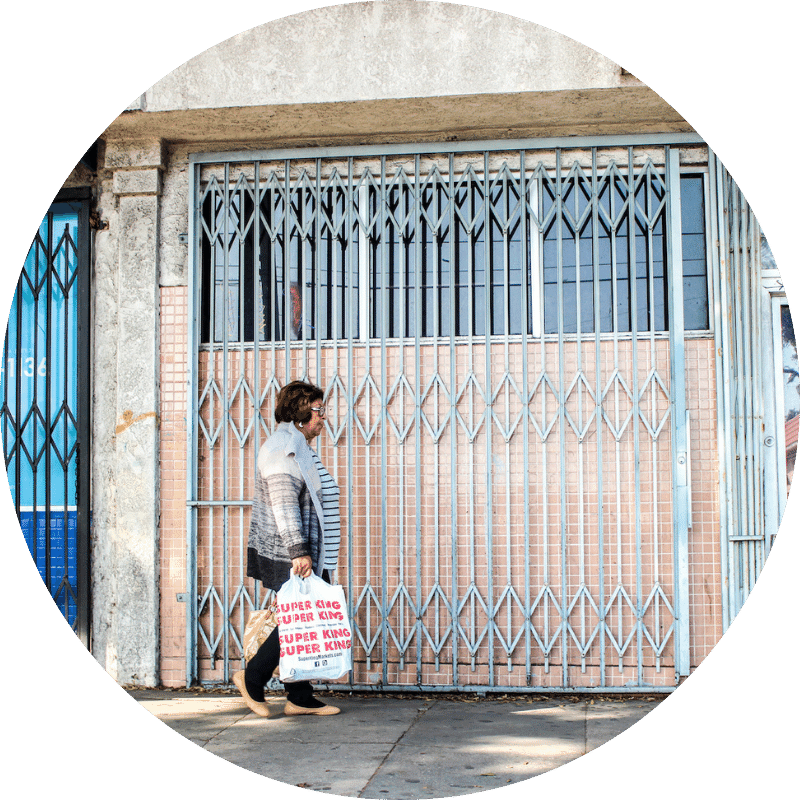Healthcare Interventions

Impacts of COVID-19 on Healthcare Interventions in Los Angeles County
While cardiovascular disease is the leading cause of death for Black, Native American, Latino and white men, other comorbidities tend to disproportionately impact communities of color. For example, approximately 9.7 percent of Black and Latino adults in California have Type 2 diabetes, compared to 6.8 percent of white Californians. According to the American Diabetes Association and the Centers for Disease Control and Prevention, diabetics face a higher chance of serious complications from COVID-19. Current evidence suggests that individuals living with HIV/AIDs who are on an effective treatment regimen are no more susceptible to COVID-19 than individuals who do not have HIV/AIDS. However, among the many knock-on effects of COVID-19 is the disruption in healthcare and social service provision.
We must prevent the pandemic from worsening health disparities and ensure access to critical services for communities with serious comorbidities.
The death count for Native Americans is about 1.5 times that of whites, while it is two times as high for African Americans, 2.7 times for Latinos, and over 3 times for Pacific Islanders (Los Angeles County Department of Public Health 2020).
- 7.1%
%
Approximately 9.7 percent of Black and Latino adults in California have Type 2 diabetes, compared to 6.8 percent of white Californians (Chronic Disease Control Branch 2019).
- 9.7%
California has been particularly hard hit by COVID-19, with an estimated $1.5 billion in lost revenue, around 21,000 lost community health center jobs, and nearly 7 million lost patient visits (National Association of Community Health Centers 2020).
- 30%
10 Healthcare Intervention Policy Recommendations
The report puts forward 10 recommendations for policy and practical action.

